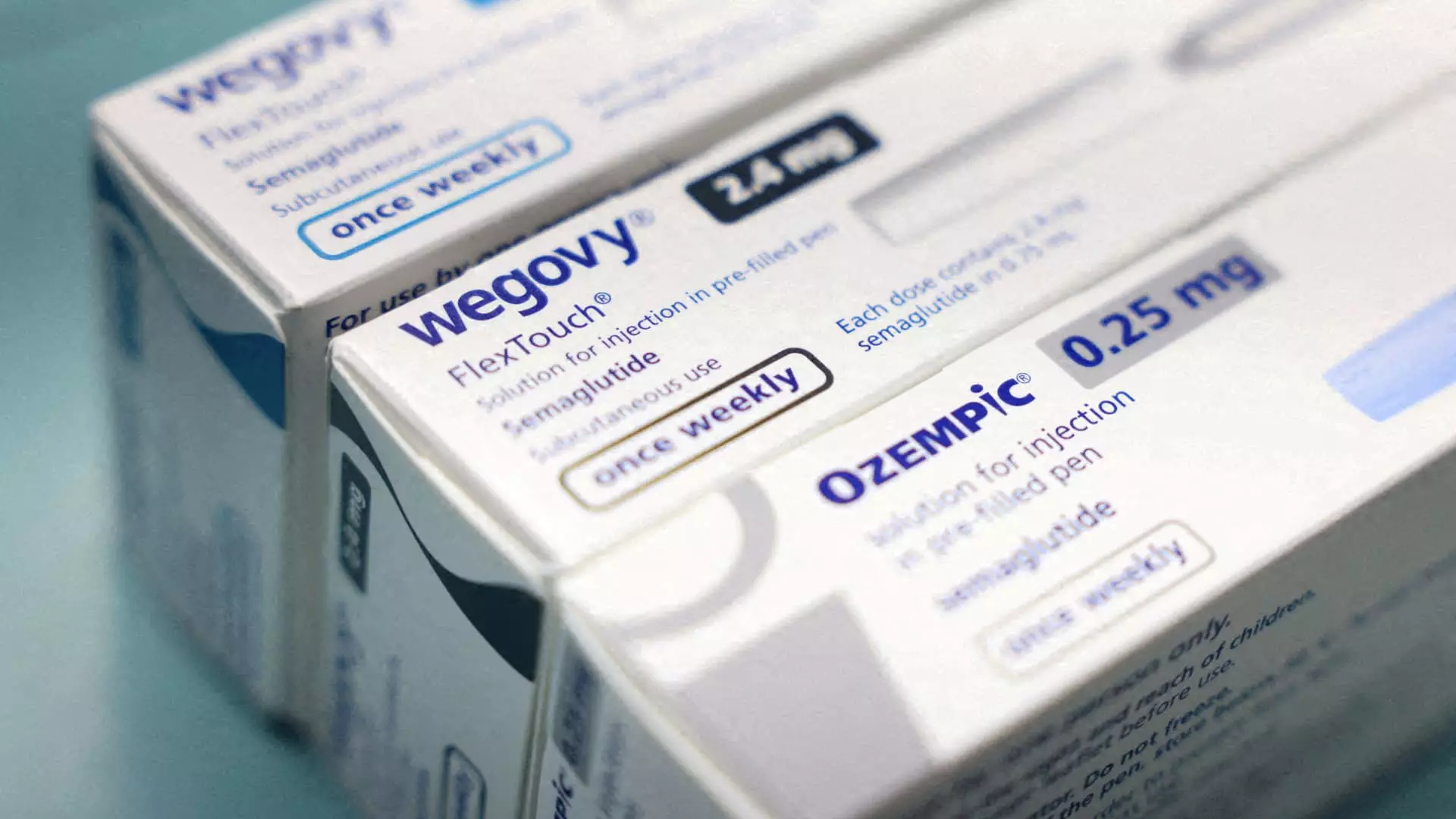The U.S. market has been grappling with a notable shortage of Novo Nordisk’s semaglutide-based medications, including the weight loss drug Wegovy and the diabetes treatment Ozempic. After two years of tumultuous supply issues, this crisis has reached a critical point with the FDA’s recent announcement that the shortage has been resolved. This resolution is not just a milestone for patients needing these medications; it holds broader implications geared towards the pharmaceutical landscape, compounded medications, and market dynamics.
Understanding the Shortage
The root causes of this prolonged medication shortage have been multifaceted. The explosive surge in demand for weight loss solutions, driven by rising obesity rates and changing societal attitudes towards weight management, has led to a strain on Novo Nordisk’s production capabilities. Since 2022, the active ingredient, semaglutide, has been in abnormally high demand, overwhelming the existing manufacturing frameworks and creating a ripple effect that invoked reliance on unapproved, compounded versions of these drugs.
Compounding pharmacies arose as a necessary alternative for many patients, offering more accessible, albeit unapproved, versions of these treatments during the supply crisis. This scenario unfolded amidst rising healthcare costs and the barriers imposed by insurance coverage, especially for non-diabetes weight loss medications like Wegovy. This complex interplay of factors accentuates the need for innovative solutions in drug manufacturing and regulatory frameworks.
The FDA’s determination that Novo Nordisk’s supply chain can now adequately meet the current and future demands signals a turning tide in the pharmaceutical market. For the company, the announcement has been beneficial, reflected in a nearly 5% surge in stock value. In contrast, telehealth companies like Hims & Hers have identified a severe downfall in their stock prices (over 25% drop), shedding light on the precarious nature of relying on compounded medications.
This shift also tactically positions Novo Nordisk to further compete with rivals like Eli Lilly, especially as projections suggest the weight loss drug market could burgeon into a $150 billion industry by the 2030s. Such a competitive environment is essential for innovation, pushing pharmaceutical companies to enhance production capabilities, optimize drug formulations, and ultimately drive down costs.
The FDA’s announcement not only marks the alleviation of supply constraints but also signals a crackdown on compounded medications. Under the new provisions, compounding pharmacies have a limited timeframe of 60 to 90 days to cease operations producing semaglutide formulations. This regulatory stance aims to strike a balance between ensuring patient safety and maintaining the integrity of pharmaceutical practices.
It’s crucial, however, to closely monitor how this regulation impacts patients. Individuals who have depended on compounded products may face significant challenges if they suddenly lack access to affordable alternatives. Misinformation surrounding these treatments can cause sensitive reliance on less safe options, highlighting the FDA’s commitment to safeguarding public health.
While the situation surrounding semaglutide seems to have stabilized, intermittent supply disruptions may still occur as the drugs navigate supply chains. Interestingly, this scenario introduces a potential rift in patient access, particularly since Wegovy is not covered by Medicare or other insurance plans. Such discrepancies exacerbate health inequities and necessitate renewed dialogues on drug pricing and insurance coverage for weight management solutions.
The resolution of the semaglutide shortage could lead to considerable shifts in the pharmaceutical market. While Novo Nordisk has positioned itself to dominate a changing landscape, the implications for patient access and safety remain paramount. Moving forward, the industry needs to focus on transparent communication of drug availability, enhance manufacturing technologies, and reassess insurance policies to better accommodate patients’ needs in treating obesity and diabetes. The evolution of drug supply challenges thereby reflects a critical intersection of healthcare access, innovation, and regulatory frameworks that must be navigated judiciously in the months ahead.

